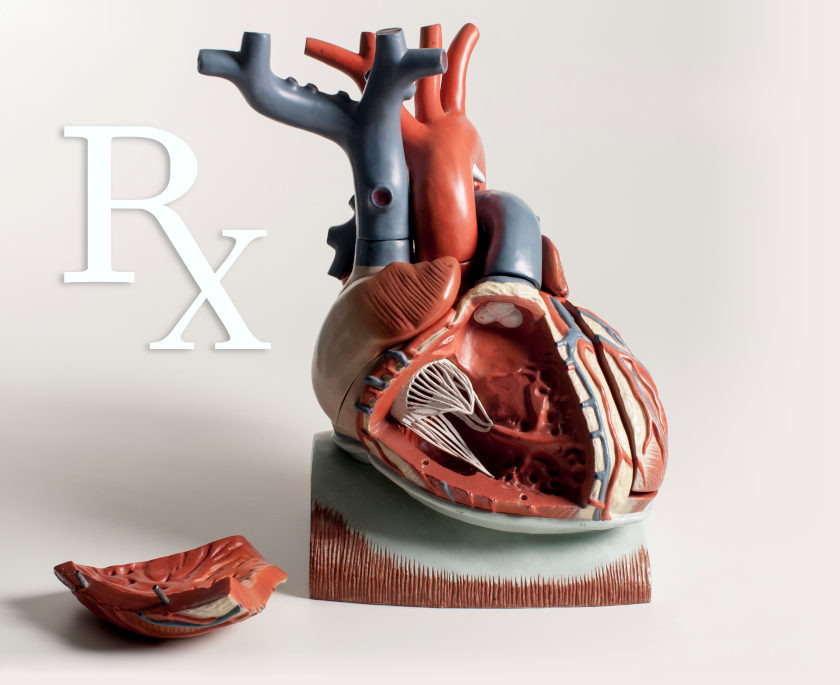Direct Acting Vasodilators
General Pharmacology
The one drug in this group, hydralazine, does not fit neatly into the other mechanistic classes, in part, because its mechanism of action is not entirely clear, and it appears to have multiple, direct effects on the vascular smooth muscle. First, hydralazine causes smooth muscle hyperpolarization, likely through the opening of K+-channels. It also inhibits IP3-induced release of calcium from the smooth muscle sarcoplasmic reticulum. This calcium combines with calmodulin to activate myosin light chain kinase, which induces contraction. There is also evidence that hydralazine stimulates prostacyclin production to cause cAMP-mediated vasodilation. Finally, hydralazine may increase the bioavailability of nitric oxide produced by the vascular endothelium, leading to cGMP-mediated vasodilation.
Hydralazine, which is highly specific for arterial vessels, reduces systemic vascular resistance and arterial pressure. Indirect cardiac stimulation (e.g., tachycardia) occurs with hydralazine administration because of the activation of the baroreceptor reflex.
Therapeutic Indications for Hydralazine
Hypertension
Hydralazine is used occasionally (although rarely alone) in the treatment of arterial hypertension. It is not first-line therapy for arterial hypertension. Its relatively short half-life, which requires frequent dosing, and its precipitation of reflex tachycardia make it undesirable for treating chronic hypertension. However, it is used in treating acute hypertensive emergencies, secondary hypertension caused by preeclampsia, and pulmonary hypertension. It is often used with a beta-blocker and diuretic to attenuate the baroreceptor-mediated reflex tachycardia and renal sodium retention, respectively.
Heart failure
Hydralazine has a role in the management of heart failure with reduced ejection fraction (HFrEF) because of its ability to reduce afterload and enhance stroke volume and ejection fraction. When used in heart failure, it is given along with a diuretic and frequently with isosorbide dinitrate, a nitrodilator.
Side Effects and Contraindications
Common side effects of hydralazine include headaches, flushing, and tachycardia. Reflex cardiac stimulation can precipitate angina in patients with coronary artery disease. Some patients (~10%) experience a lupus-like syndrome.
Revised 11/30/2023

 Cardiovascular Physiology Concepts, 3rd edition textbook, Published by Wolters Kluwer (2021)
Cardiovascular Physiology Concepts, 3rd edition textbook, Published by Wolters Kluwer (2021) Normal and Abnormal Blood Pressure, published by Richard E. Klabunde (2013)
Normal and Abnormal Blood Pressure, published by Richard E. Klabunde (2013)